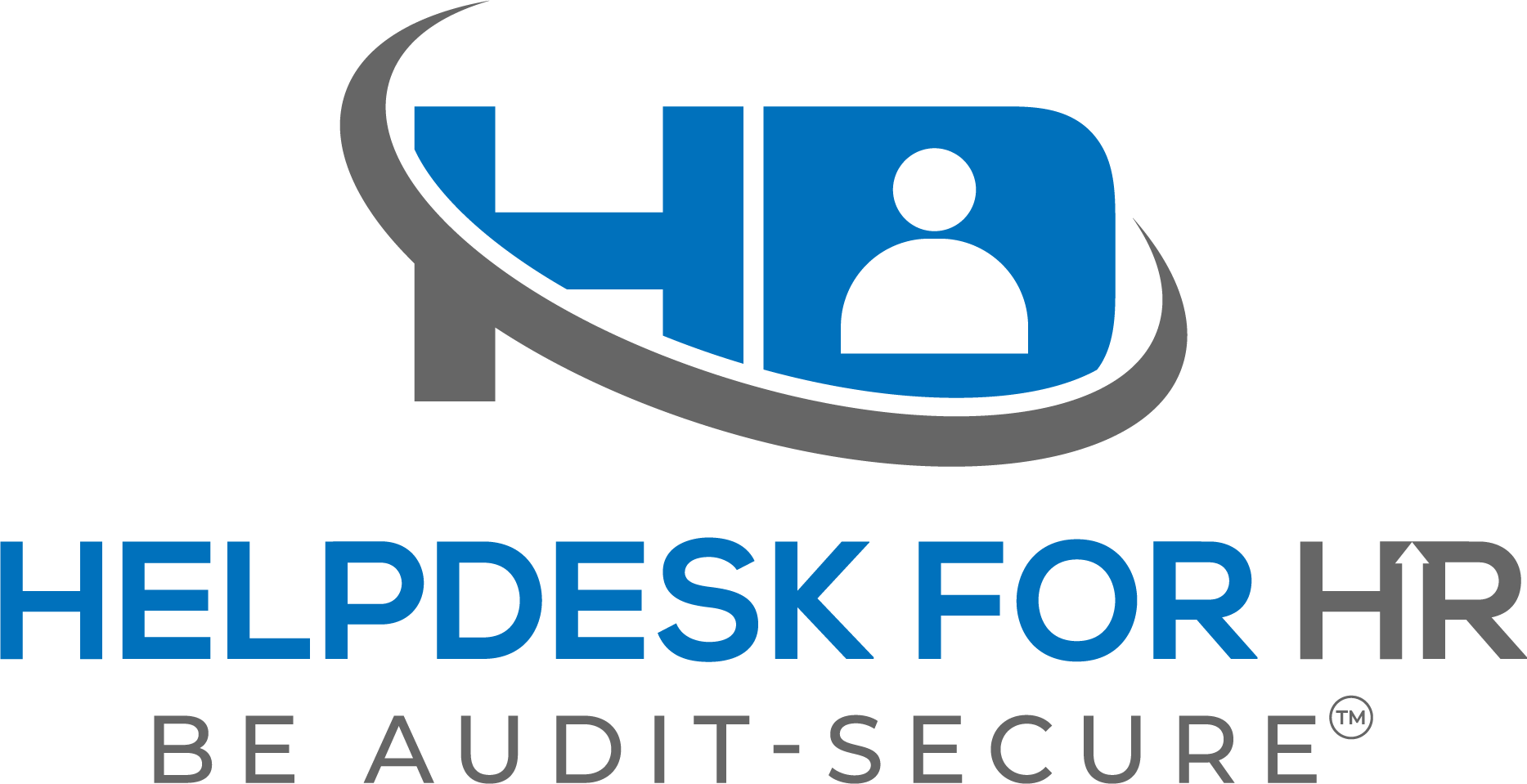Effective July 1, 2024, Vermont has significantly broadened the definition of race for purposes of employment discrimination protections. The updated law applies to employers of all sizes operating in the state.
Under the new regulations, the definition of race now explicitly includes traits historically associated with or perceived to be associated with race. This encompasses:
- Hair texture and protective hairstyles such as braids, locs, afros, wigs, and headwraps
- Head coverings and wraps
- Potentially even characteristics like dialect and styles of dress
These expansive new categories create very broad anti-discrimination protections for employees and applicants related to racial identities and cultural expressions.
For Vermont employers, there are important compliance implications:
Grooming and Appearance Policies
Any workplace policies regulating hairstyles, head coverings, or personal appearance should be carefully reviewed. Unless truly a bona fide occupational requirement, restrictions on natural hairstyles, protective styles, or head wraps could potentially violate the new law’s protections. Consult legal counsel when assessing necessity.
Hiring and Management Training
Those involved in recruitment, interviews, and employee management should receive training on the updated race discrimination guidelines. Unconscious bias regarding professionalism, cultural fit, or judgments about personal appearance must be addressed. Hairstyles or cultural expressions should not negatively impact employment decisions.
EEO Policy Updates
Equal employment opportunity policies and statements should clearly communicate that race encompasses not just skin color, but also traits associated or perceived as associated with race per the legal definition. Explicitly listing protected categories like hairstyles and head coverings provides helpful clarity.
By expanding racial protections to inherent traits and cultural identifiers, Vermont has established stringent discrimination safeguards for employees. Employers must ensure their policies, practices, and workplace culture adapt accordingly to promote diversity and avoid unlawful bias.
Take proactive steps to assess compliance needs. Provide training, update policies, and confirm any appearance standards are lawful and equitably enforced. The state’s new guidelines mandate a workplace free from discrimination based on racial identities and expressions.
Be Audit-Secure!
Lisa Smith, SPHR, SCP
Note: This blog post is for informational purposes only and should not be construed as legal advice. Always consult with a legal professional for advice specific to your situation.
Here is what all you will get:
- Boss Calls™ – Access to EVERY Boss Call™ – Past & Future.
- HelpDesk for HR VAULT – Access to all 8 of our proprietary tools and applications to make your workday simple.
- Forms, Docs, Policies and Procedures Library – 700+ samples you can download and edit to fit your needs.
- U.S. ePoster Club – Download state, city, and local posters. Both required & recommended, for all 50 states & D.C.
- Same-day email support – Write to our team of SPHR and SCP professionals with all your HR questions.
![]()
